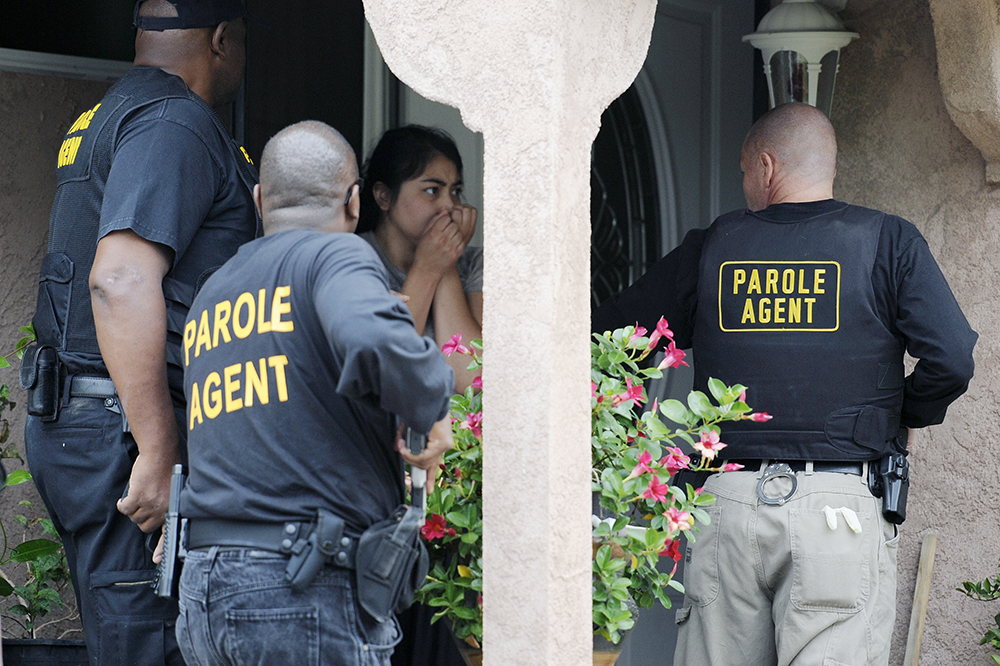
In State v. Butler, the WA Court of Appeals decided a trial court rightfully admitted business records connecting showing the defendant used Backpage.com to facilitate the commercial sexual abuse of a minor because the State’s failure to provide the written notice of the evidence did not prejudice the defendant, who was given the business records months before trial.
BACKGROUND FACTS
N.C. was 14 years old when she first met 22-year-old defendant Ivory Butler. One day, N.C. skipped school and spent the day with Butler. N.C.’s mother found out she had skipped school and punished her. N.C. ran away from home, and Butler picked her up. He took her to a motel room and arranged for her to meet men at the motel for sex. She gave the money she received to Butler. N.C. continued selling sexual services and giving the money to Butler.
Detective Raymond Unsworth found Internet ads on Backpage.com for female escort services with Butler’s phone number listed as the contact number. The ads included photographs of the body, but not the face, of a young woman. The ads alluded to sexual services that would be provided, with the prices that would be charged.
An undercover detective responded to the Backpage ads by contacting Butler’s phone number. The detective, posing as a customer, arranged to obtain sexual services for $300 from a woman in room 201 of the New Horizon Motel. Police found N.C. in that room, together with a disposable cellphone under the mattress, condoms in a Crown Royal bag, and a knife in the bedside table drawer.
In Butler’s phone, the contact name assigned to the disposable phone found in the motel room was “Money Baby Money Baby.” Text messages between Butler’s phone and the disposable phone found in the motel room included details about providing sexual services for money. The messages also included instructions from Butler to N.C. to discard the phone in the toilet if the police came. Butler was arrested and charged under RCW 9.68A.101 with promoting commercial sexual abuse of a minor.
The Trial Exhibits
At trial, the State sought to admit three exhibits. Exhibits #3 and #4 relate to Backpage ads for escort services. Exhibit #5 was the certification from the Backpage records custodian. Detective Unsworth testified that he found the ads on Backpage’s public website. Each ad included photographs of a young woman, information about the sexual services that could be provided, the price, and Butler’s telephone number as the contact.
Exhibits #3 and #4 compiled the ads that were online, more photographs that Detective Unsworth had not seen online, the date each ad was posted, and the poster’s fictitious name, mailing address, and e-mail address. Backpage provided the certification from its records custodian in response to a search warrant for business records.
The State provided these exhibits to Butler months before trial as part of discovery. The trial court admitted the exhibits over Butler’s objection.
The jury found Butler guilty as charged. On Appeal, Butler argues the Exhibits #3, #4 and #5 were wrongfully admitted.
COURT’S ANALYSIS AND DECISION
Butler argues Exhibits #3, #4 and #5 were inadmissible because the State did not give proper notice under RCW 10.96.030(3). This statute contains an exception to the general rule requiring witness testimony to admit business records. To ensure the opposing party has a fair opportunity to challenge the business records and certification, the statute provides in part:
“A party intending to offer a record into evidence under this section must provide written notice of that intention to all adverse parties, and must make the record and affidavit, declaration, or certification available for inspection sufficiently in advance of their offer into evidence to provide an adverse party with a fair opportunity to challenge them.”
The court reasoned that approaching these issues is similar to approaching the child hearsay rule: basically, cases addressing the child hearsay statute have upheld the admission of statements without prior notice “so long as the adverse party had or was offered an opportunity to prepare to challenge the statements.”
Here, Butler argued the State was required to provide a separate written notice to inform him that it intended to rely on RCW 10.96.030 for admission of the business records. But months before trial, the State provided the certification of the Backpage records custodian, together with the Backpage business records. Mid-trial, the State also offered to produce the custodian for live testimony and a defense interview. This allowed Butler ample opportunity to prepare to challenge the records. With that, the Court denied Butler’s arguments:
“Consistent with the cases addressing the child hearsay statute, we conclude the lack of written notice required by RCW 10.96.030 did not cause any prejudice to Butler. He had ample opportunity to prepare to challenge the business records when the State provided all of the proposed business records and the certification from the records custodian months prior to trial.”
Moreover, the Court reasoned that the State offered to call the records custodian as a witness and to allow Butler to interview the custodian. However, Butler declined to request a continuance to interview the witness.
Finally, the Court of appeals rejected arguments that the Backpage ads bolstered N.C.’s testimony tying Butler to the Backpage evidence. The Court reasoned that even without the admission of the Backpage ads, overwhelming evidence links Butler to his exploitation of N.C.:
“The physical evidence, text messages, jail phone calls, testimony from N.C., and successful undercover sting operation provide overwhelming evidence that Butler promoted the prostitution of N.C.”
Consequently, the Court concluded that the lack of written notice required by RCW 10.96.030 did not cause prejudice to Butler. Overwhelming evidence supported Butler’s guilt.
Please contact my office if you, a friend or family member are charged with a crime. Hiring an effective and competent defense attorney is the first and best step toward justice.













